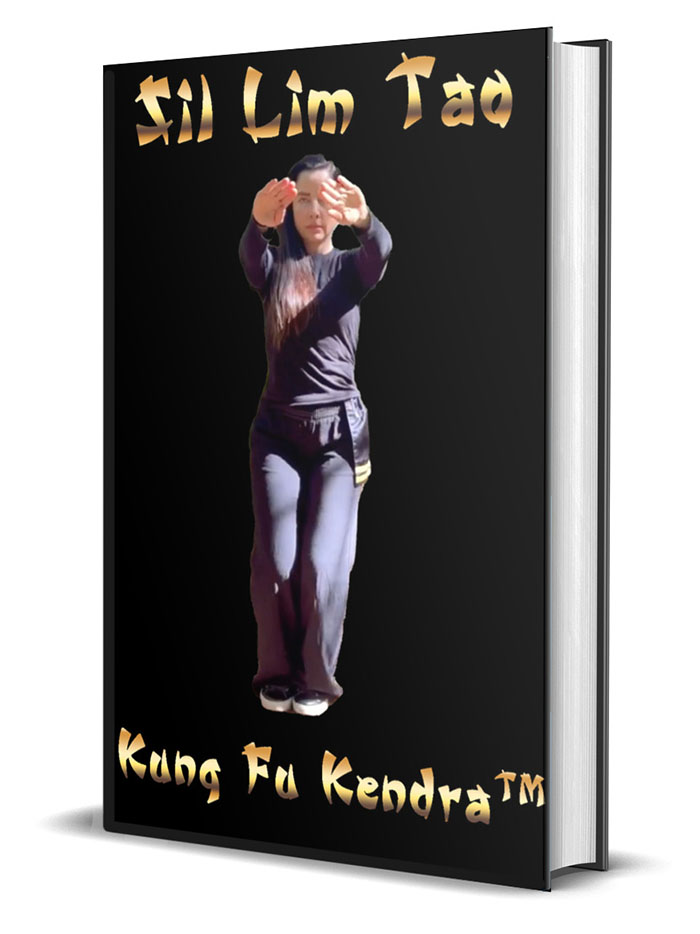Family Ties: How the Lees carried Wing Chun into the 21st century
The story of Wing Chun’s survival and resurgence in the modern era is inextricably linked to the Lee family. While Bruce Lee’s meteoric rise brought the art into global consciousness, the continuing efforts by his children, Shannon and Brandon Lee, have helped maintain and reinterpret its relevance for new generations. To understand Wing Chun’s lasting influence, one must trace the direct lines of inheritance, adaptation, and innovation that the Lees have fostered—a living lineage that weaves tradition with personal evolution and public stewardship.
Bruce Lee’s initial encounter with Wing Chun began in the bustling streets of Hong Kong, where as a teenager he trained under the legendary Ip Man. It was in this crucible that Bruce forged his foundational understanding of martial arts. The centerline theory, economy of motion, and focus on structural efficiency learned from Wing Chun would forever influence his later work. As Bruce’s fame exploded, these principles seeped into everything he created—from his choreography in films to the core philosophy of Jeet Kune Do. Even as he charted innovative territory, Bruce’s reverence for Wing Chun never faded; he regularly credited his “roots” as the source of creativity and discipline in both martial practice and personal development.
After Bruce’s untimely passing, the challenge of preserving his legacy fell largely to his children. Brandon Lee, while pursuing his acting career, remained deeply connected to his father's teachings. Reviving and refining many Wing Chun traditions, Brandon trained in the art from a young age and integrated its techniques into his own martial style. His roles on screen—most notably in “The Crow”—offered audiences glimpses of Wing Chun’s trademark rapid hands, trapping, and close-range fighting. Brandon’s commitment wasn’t merely technical; he carried forward Bruce’s philosophy of adaptability, blending Wing Chun’s structure with modern, cinematic storytelling to create fight scenes that resonated with authenticity and emotional depth.
Shannon Lee, meanwhile, has taken on the mantle of family historian, educator, and advocate for the deeper meanings behind her father’s work. Through leadership of the Bruce Lee Foundation and her writings and public engagement, Shannon has ensured that the story of Wing Chun’s importance in the Lee lineage is openly shared and understood. She emphasizes the importance of the art’s mindset—resilience, openness to change, and directness—as well as its physical principles. Through workshops, publications, and educational initiatives, Shannon seeks not only to correct misconceptions but to invite new practitioners into a tradition that is as relevant today as it was in Bruce’s era.
Today, the Lee family’s influence has helped move Wing Chun beyond its regional roots, embedding it within the consciousness of martial artists, filmmakers, and cultural enthusiasts worldwide. Bruce’s radical synthesis of tradition and innovation, Brandon’s creative adaptation for a new audience, and Shannon’s tireless preservation efforts have together shaped a unique modern legacy. Through their personalities, principles, and persistence, the Lees have not only carried Wing Chun into the 21st century—they have continually redefined its spirit for a changing world while remaining true to its core essence.

